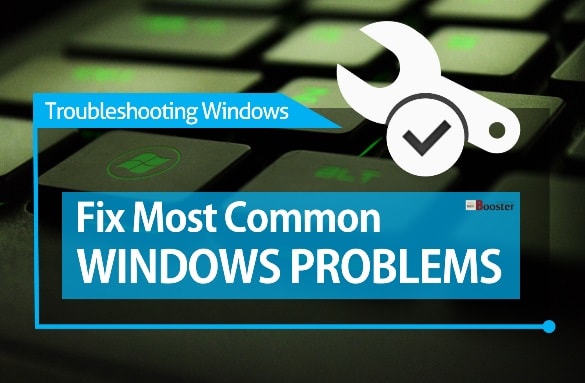
Introduction:
Windows, as a widely-used operating system, offers a plethora of functionalities. However, like any complex system, it’s prone to encountering various issues. This guide aims to assist users in troubleshooting common Windows problems, ensuring a smooth computing experience.
1. Slow Performance:
- Check for background processes consuming excessive resources using Task Manager.
- Disable unnecessary startup programs to improve boot time.
- Utilize Disk Cleanup and Disk Defragmenter to optimize disk usage.
- Consider upgrading hardware components such as RAM or SSD for better performance.
2. Blue Screen of Death (BSOD):
- Note down the error code displayed on the BSOD for diagnosis.
- Update device drivers, especially graphics and chipset drivers.
- Use Windows Memory Diagnostic tool to check for RAM issues.
- Perform a system restore to revert to a stable configuration.
3. Internet Connectivity Issues:
- Restart networking devices such as modem and router.
- Check network adapter settings and update drivers if necessary.
- Run Windows Network Diagnostics to identify and fix connectivity problems.
- Reset TCP/IP stack using Command Prompt.
4. Software Crashes:
- Update software applications to the latest version to patch known bugs.
- Reinstall problematic software and ensure compatibility with the operating system.
- Run programs in compatibility mode for older versions of Windows if compatibility issues arise.
- Check event logs for error messages related to software crashes.
5. Windows Update Failures:
- Ensure the system has sufficient free space for updates.
- Restart the Windows Update service using Command Prompt.
- Reset Windows Update components using automated troubleshooters provided by Microsoft.
- Manually download and install updates from the Microsoft Update Catalog if automatic updates fail.
6. File System Errors:
- Run CHKDSK utility to scan and repair file system errors.
- Check disk health using third-party tools like CrystalDiskInfo.
- Backup important data and perform a clean installation of Windows if file system errors persist.
7. Audio or Sound Issues:
- Check audio settings and ensure the correct playback device is selected.
- Update audio drivers from the device manager or manufacturer’s website.
- Troubleshoot audio problems using Windows Sound Troubleshooter.
- Verify hardware connections and consider replacing faulty audio hardware.
8. System Overheating:
- Clean dust and debris from system fans and vents to improve airflow.
- Monitor system temperature using software like HWMonitor.
- Replace thermal paste on CPU and GPU if temperatures are consistently high.
- Consider upgrading cooling solutions such as adding additional case fans or installing a better CPU cooler.
Conclusion: By following the troubleshooting steps outlined in this guide, users can effectively address common Windows issues and enhance system stability and performance. Remember to regularly update software and drivers, maintain system cleanliness, and backup important data to mitigate the impact of potential issues in the future. With these strategies in place, users can enjoy a smoother Windows experience.